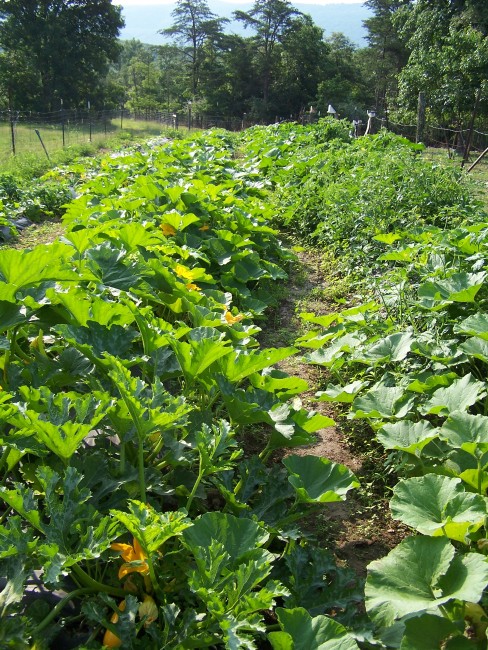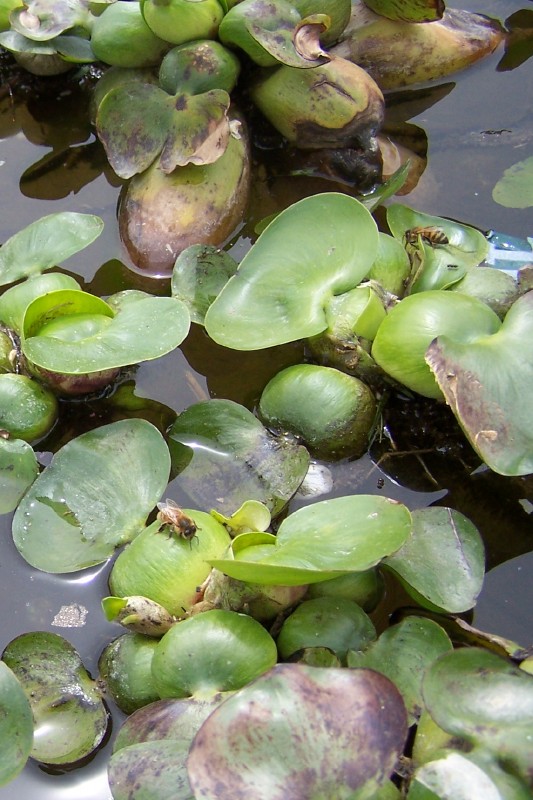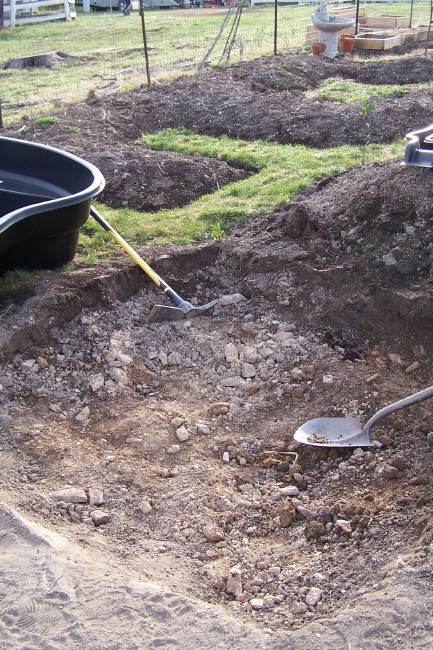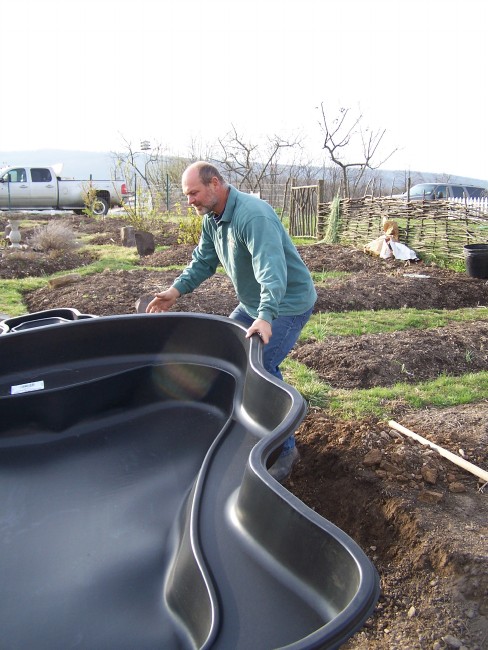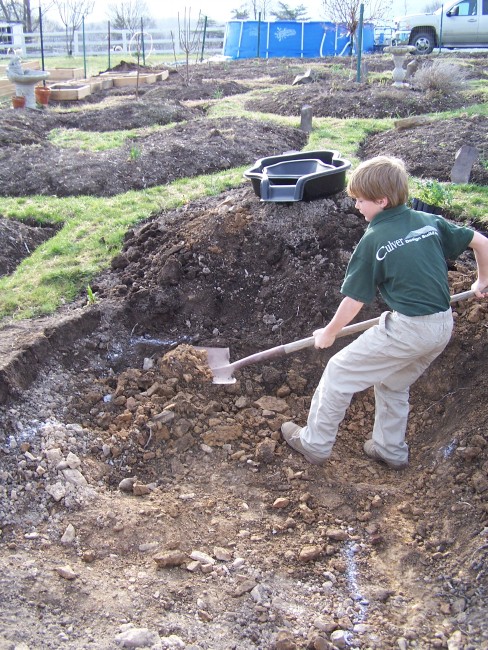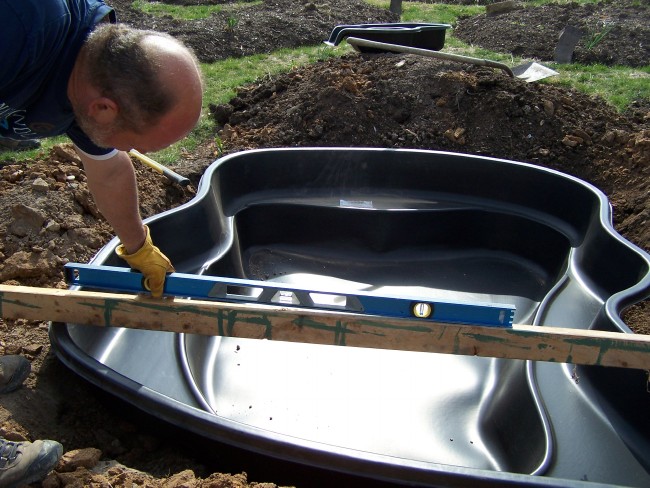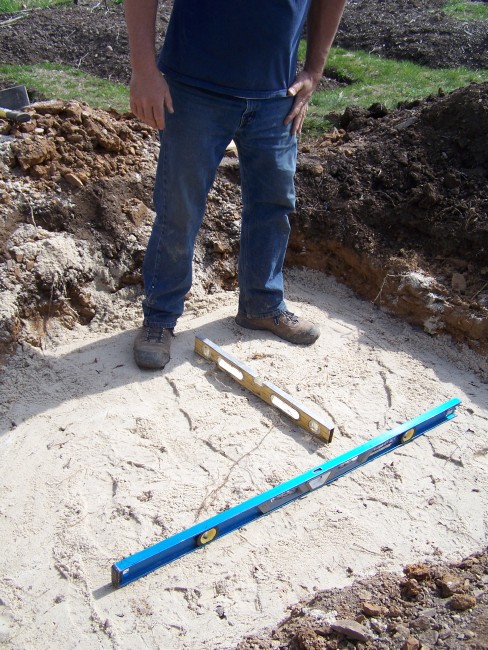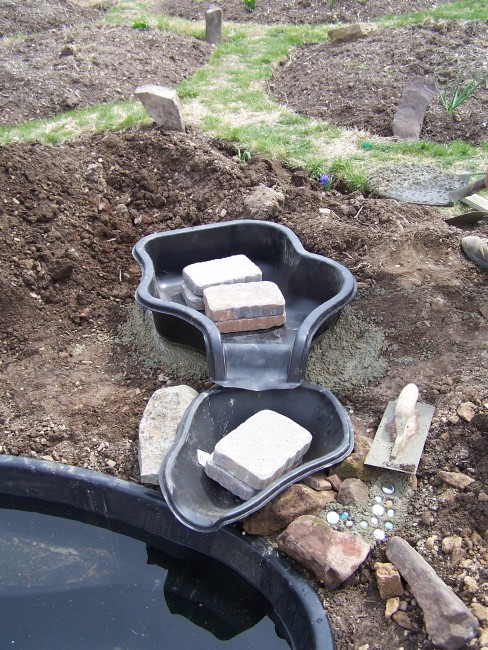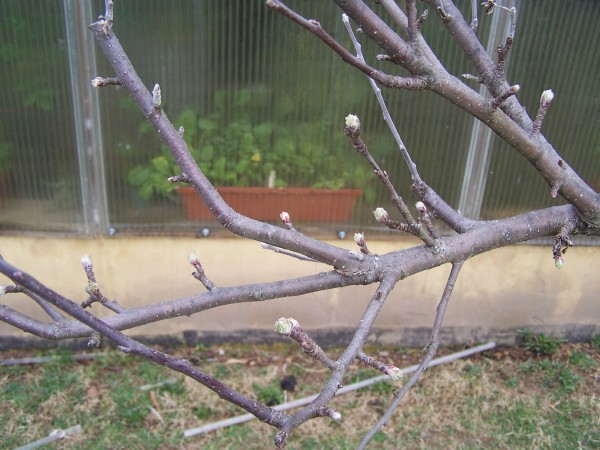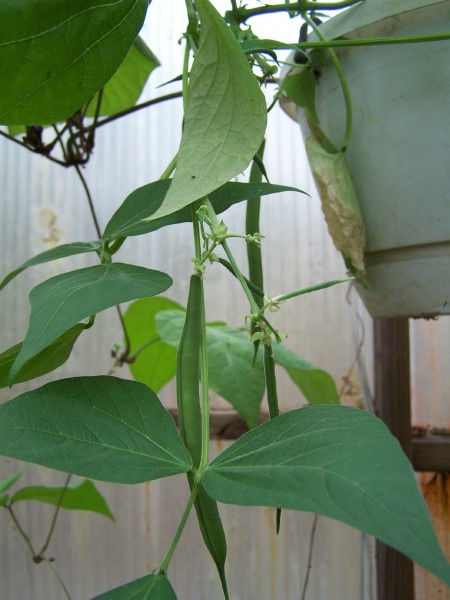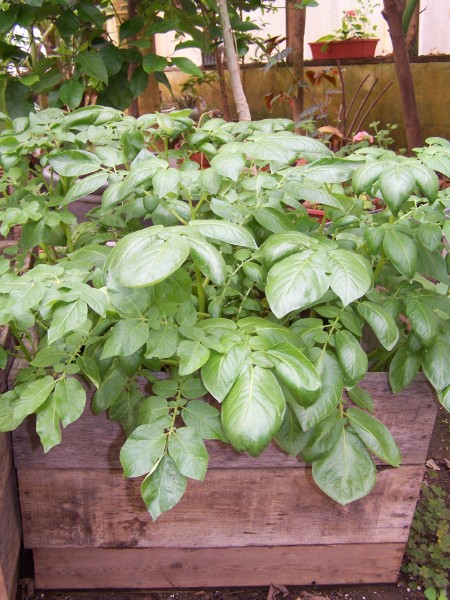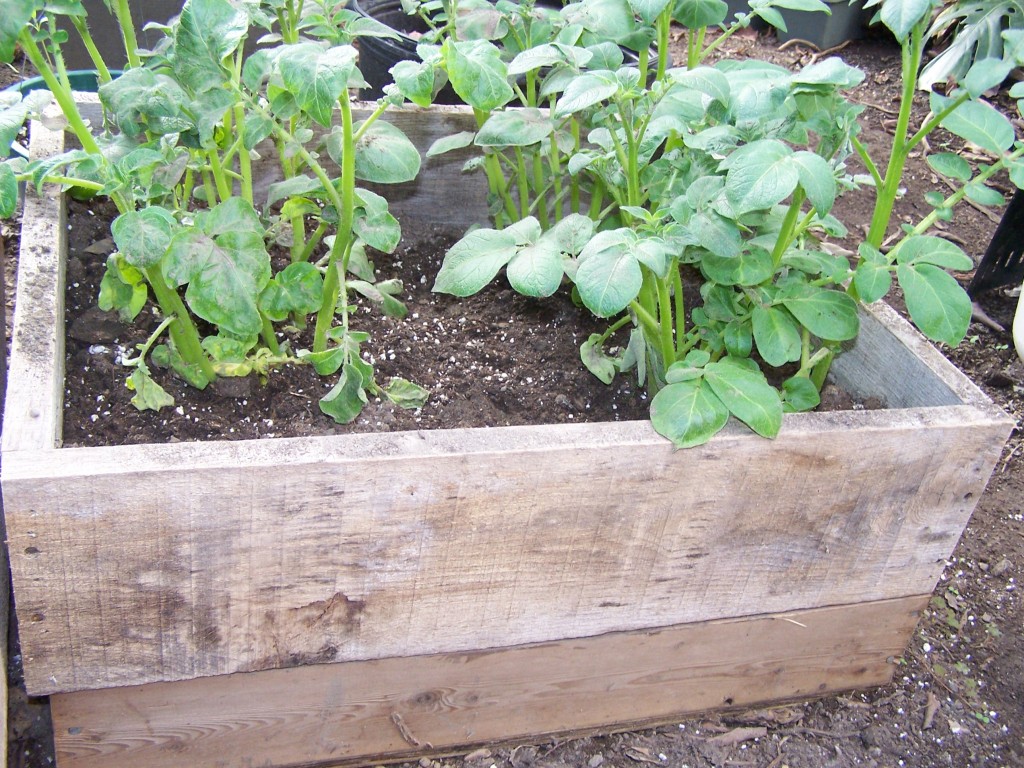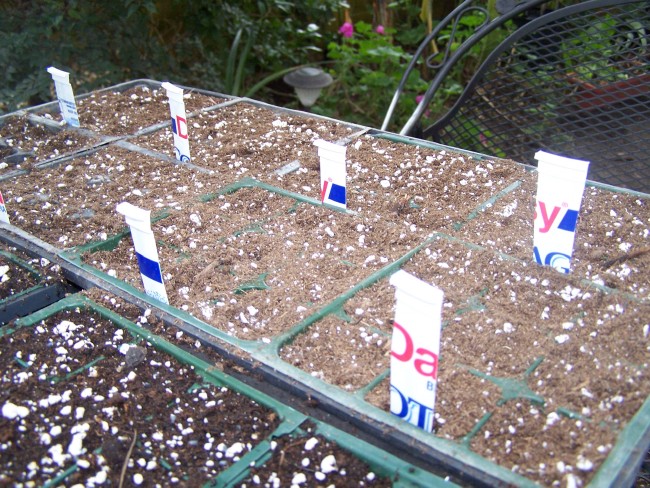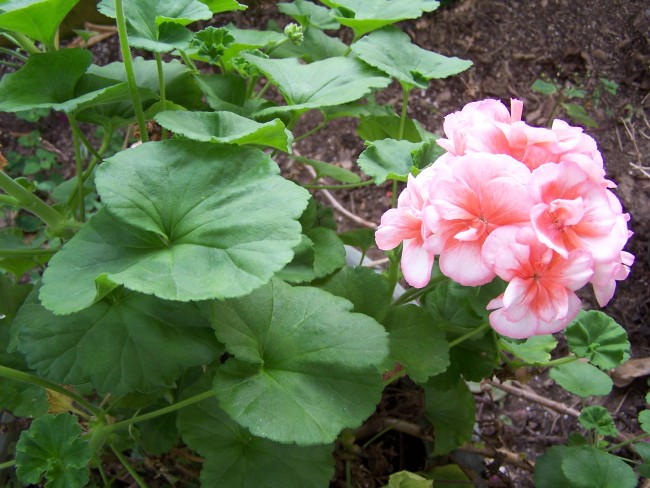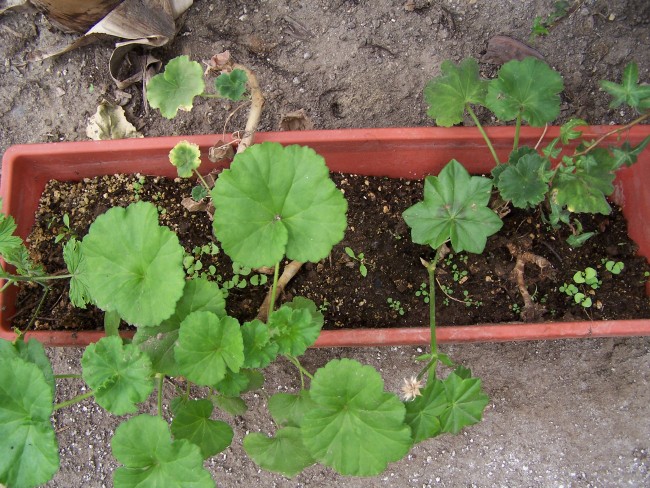Sustainable Seed Company Code!
Go to this post for the newest code! 2015 Code!
Spring arrived late for most of us on the Eastern sideboard of the U.S., and our gardens have not progressed very far yet. So it may come as a surprise that it’s almost time for fall planting!
In Eliot Coleman’s excellent book Four Season Harvest (in our amazon store), he provides extensive charts for varieties of vegetables that are winter hardy and ideal for extending your growing and harvesting season. Additional charts show planting times for each vegetable – and guess what? We are only two weeks away from the first planting times for our zone! Uh oh!
First, take a look at the handy map on page 208 which shows the last frost date for your area, give or take a few days. For us, it shows October 10, but being on a southern exposure we tend to be a bit warmer. Going to Table 16 Planting Dates for an Extended Harvest on page 206 we scan across to the October 10 column and find that beans, beets, cabbage, and all sort of other plants should be planted in June for an extended harvest. Referring to the tables on page 94 shows that planting cold frame crops for fall and winter consumption starts in June as well.
Fortunately, the nice people over at Sustainable Seed Company can help. Once again, they are providing a discount code for Meduseld readers. You can get your root parsley, lettuce and swiss chard, radicchio, mache’ and cabbages from a trusted organic source. Use the discount code Meduseld0614 (no spaces) for a ten percent discount off any order over $20.00! Code is good until June 14, 2014.
And according to Theo Bill at Sustainable Seed Co… “Do you have any followers who are bigger growers? I.e., might order a 1/4 lb. or more of things? If so, perhaps you might include a link to our bulk page? We have over 750 varieties available in larger sizes for the larger gardens. Don’t know, but if that’s the case, the bulk page is here: http://sustainableseedco.com/bulk-heirloom-seed/ Otherwise, just the homepage (http://sustainableseedco.com) is good for a link.”

